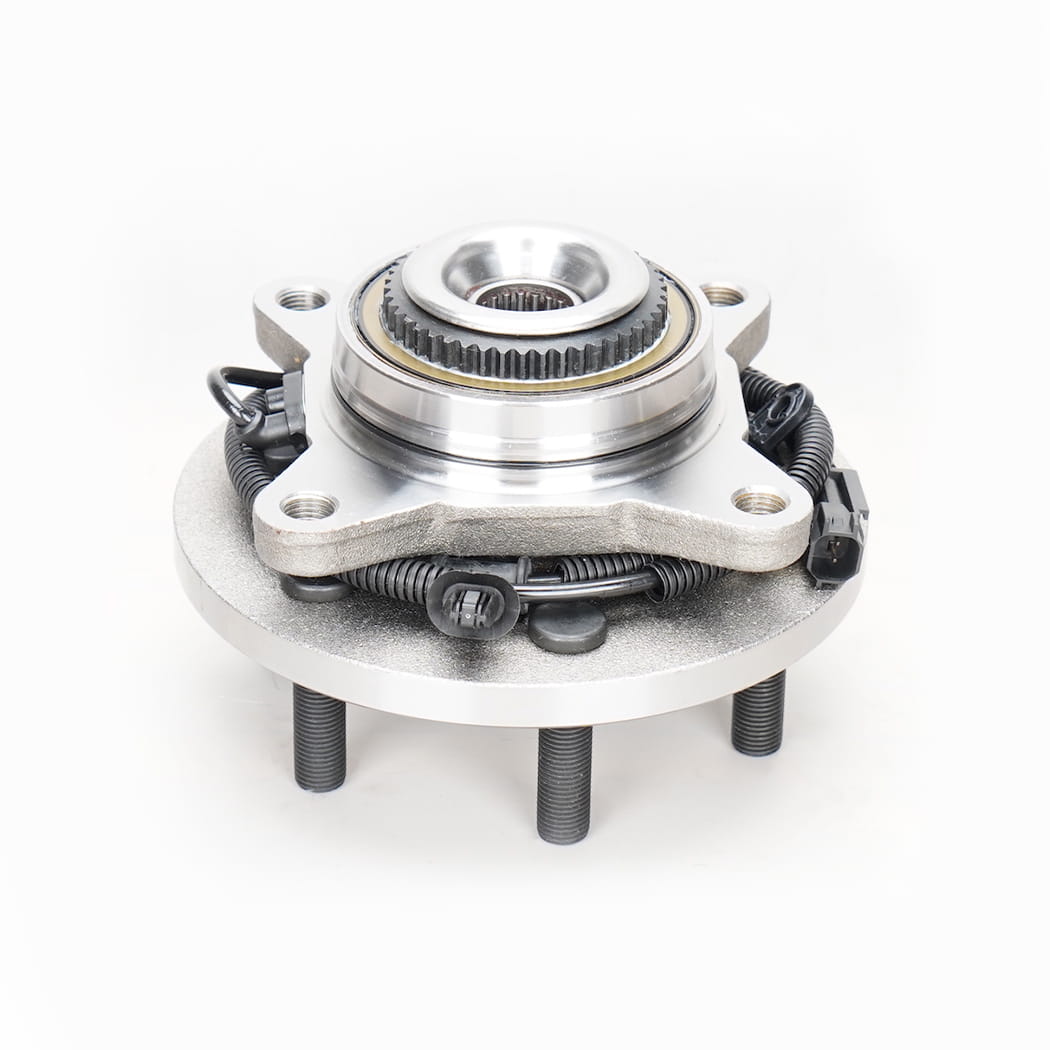A wheel hub unit consists of several components, with the most important being the wheel hub, the bearings, and the ABS (Anti-lock Braking System) sensor. The hub is the part that connects to the wheel, while the bearings enable smooth, frictionless rotation. Over time, advancements in wheel hub technology have integrated these components into one unit, improving ease of maintenance and reducing the number of parts involved.
One of the most crucial functions of wheel hub units is to ensure smooth rotation of the wheel. The bearings within the hub minimize friction between the wheel and the axle, which is essential for reducing wear and tear and improving fuel efficiency. When a vehicle is in motion, the wheel hub unit absorbs much of the road’s force, providing stability and reducing vibration. This means that the design and quality of wheel hub units can impact the comfort and overall driving experience. A well-designed hub unit can contribute to a smoother ride by reducing road noise and minimizing vibration felt through the steering wheel and suspension.
Additionally, the wheel hub unit is integral to the safety systems of the vehicle. Modern vehicles are equipped with ABS, traction control, and stability control, all of which rely on accurate wheel speed data to function properly. The ABS sensor embedded in the wheel hub unit detects the rotational speed of the wheel and sends this data to the vehicle’s electronic control unit. If a wheel starts to lock during braking, the system can respond by adjusting brake pressure to prevent skidding. Without a reliable wheel hub unit, these systems could fail to function correctly, increasing the risk of accidents.

The durability of wheel hub units is essential, especially considering the harsh environments they operate in. Wheel hub units are exposed to various elements, including dirt, moisture, heat, and the constant mechanical stress of vehicle movement. Manufacturers have responded to these challenges by developing advanced materials and design techniques to enhance the strength and longevity of these units. For example, high-strength steel or aluminum alloys are often used to make the wheel hub, while specialized seals protect the bearings from contaminants.
As vehicles become more advanced, the design of wheel hub units has also evolved. The rise of electric vehicles (EVs) and hybrid vehicles has influenced the development of lighter and more efficient wheel hub units. These new designs must support the increased torque and regenerative braking systems found in EVs while maintaining the performance and reliability required by conventional internal combustion vehicles. Furthermore, as the automotive industry continues to push towards more fuel-efficient and environmentally friendly technologies, wheel hub units must be designed with sustainability in mind.
The installation and maintenance of wheel hub units are essential to vehicle performance and safety. Over time, the bearings within a wheel hub unit can wear down, leading to increased friction, noise, and even failure. If a wheel hub unit becomes damaged, it can cause significant problems, including uneven tire wear, poor handling, and in extreme cases, wheel detachment. Regular inspections are crucial to identify any signs of wear or damage, such as grinding noises or play in the wheel. Replacing a worn or damaged wheel hub unit is typically a straightforward process, but it is critical that this be done promptly to avoid more severe issues.